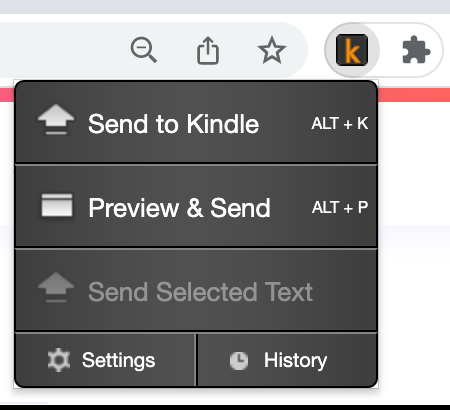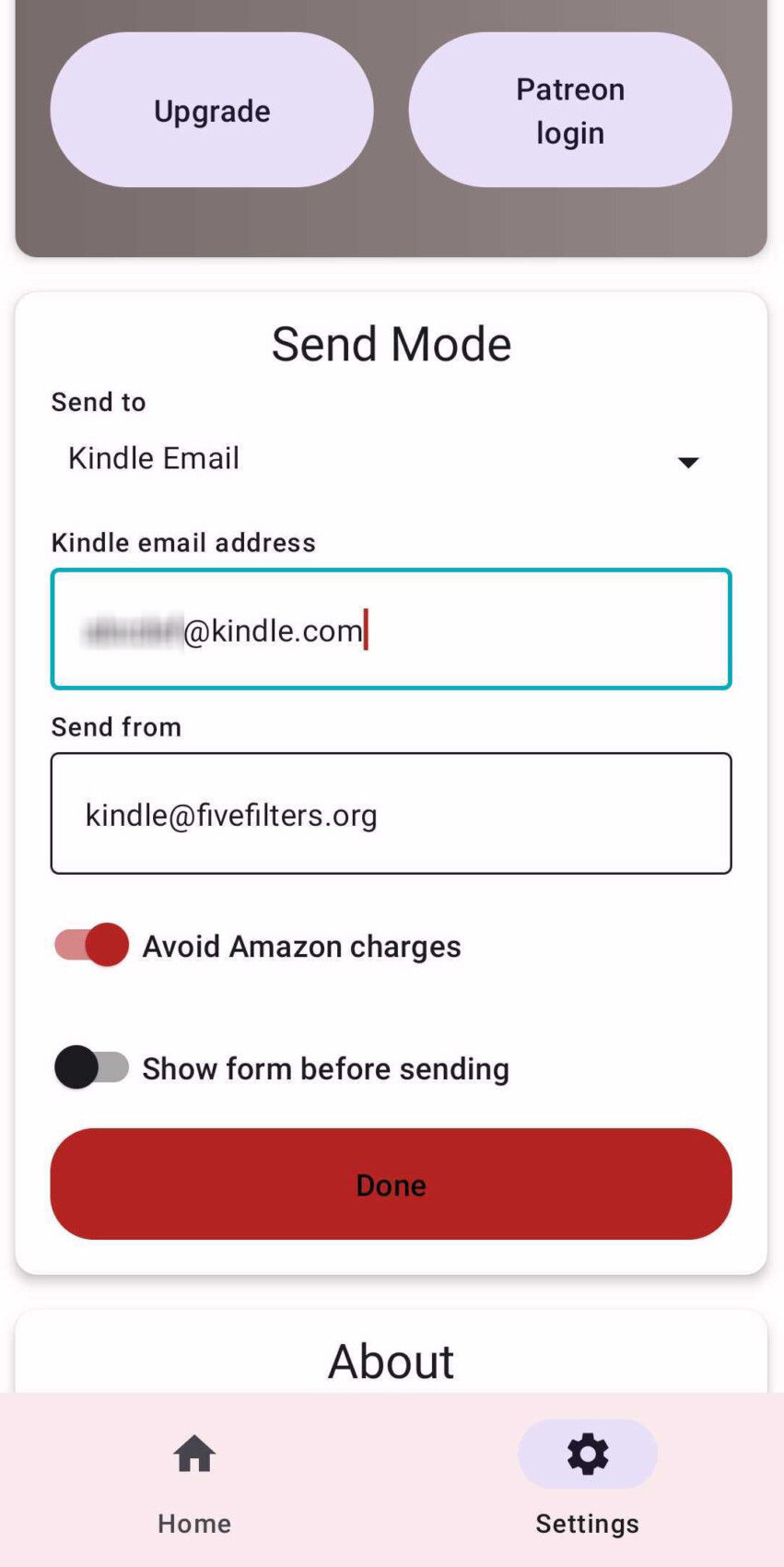Kindle e-readers offer unparalleled reading comfort. Although they are initially intended to devour books, it is indeed possible to transfer articles there to read them easily. Some options are very easy to use and offered free of charge, so why deprive yourself of them?
We have to admit that we carry out a large number of daily tasks on our smartphones, including getting information and reading. Some like to consult the titles on their mobile, but then prefer to use their Kindle reader for long articles, in particular thanks to its e-ink screen, its light weight, but above all the incomparable autonomy it offers.
Unfortunately, unlike Kobo tablets, Amazon doesn’t offer a direct connection to a read-and-read service like Pocket on its Kindles. Fortunately, it is of course possible to send your content to your Kindle devices in a simple way, without necessarily going through a third-party provider.
Configuration
Before we can send content to your Kindle, we’ll need to go through a quick setup step. To do this, navigate to your Kindle preferences from your browser, then Personal document settings.

There you’ll find a list of your paired devices, along with an email address for each one. If you haven’t customized them yet, you’ll need to edit them to include atypical characters with a combination of uppercase, lowercase, and special characters that don’t include your names and IDs. This step will result in an address that is unique enough that no one can send you unsolicited content, but also that Amazon doesn’t ask you to confirm content manually each time you send it.
Then, you must add your email addresses to the list of authorized ones by clicking on Add a new approved address. We also recommend that you add now [email protected] to the list.

Finally, it is possible to configure the rules for archiving personal documents. By activating the feature, your documents will be added to your library and available on all your Kindle devices, including your phone and tablet. You will be able to consult, but also delete your content from any of your devices. By disabling the feature, documents will only be sent to the Kindle in question.
The main difference is that the second option does not require a network connection to delete content, but the first allows you to access your articles from all your Kindle devices and even resume reading where you left off.
Sending articles
Option 1: Amazon’s free tool, Send to Kindle
Although Amazon doesn’t integrate with a service like Pocket, it’s still possible to send content to your Kindle through the Send to Kindle extension. This is free and works with most browsers. Once installed, all you have to do is press the newly added button in your navigation bar or use the Ctrl + K shortcut on your keyboard to send an article to your Kindle.

Unfortunately, this feature is only offered on a computer, which makes sending from a smartphone or tablet quite restrictive. There is a solution, but it requires a little patience. First, you will need to open the article in your browser, then save it as a PDF. To do this, go to the menu, then select Share > Print > Save as PDF and save the file locally.

The process of manually converting an item is very time-consuming

The process of manually converting an item is very time-consuming
If you want to share several articles, feel free to save them all in PDF format before continuing. Once the step is completed, you just need to send these files by email to your address @kindle.com that you created earlier, specifying “Convert” in the subject of the message. This step will automatically convert PDF files to Kindle (.azw) format, allowing you to read them like regular Kindle e-books.
Note that it is also possible to share a PDF file directly to the Kindle application, but this transfer will be done without converting the file and will result in a plain PDF file displayed on your Kindle without adjusting the text.
Option 2: Push to Kindle
If the above steps seem complicated to you, you can turn to the Push to Kindle application which greatly simplifies the transfer of any article to your eReader. It integrates natively into the sharing menu of your Android or iOS smartphone and also offers an extension for your browser on your PC or Mac. Push to Kindle will automatically layout and convert the article for better readability on your eReader.
To start, you will therefore need to download the application on your mobile or tablet and then navigate to Settingsthen Edit. Select Send to: Kindle email. Then you just need to enter the email address you created earlier.
Once the configuration is complete, you will only have to press the share icon then select Push To Kindle to find the article on your reader a few moments later.

There’s also an option to send content directly to your eReader, which requires linking the Push to Kindle and Kindle apps. Although it is easier to configure, it is preferable to go through sending email so as not to use two separate applications.
Finally, be aware that you can automatically convert your content and send it to your eReader using the browser extension or the Push to Kindle email address, which is the same as your address configured above, but replacing @kindle .com by @pushtokindle.com.
Push To Kindle is free provided you submit no more than 20 articles per month. Beyond this limit, it will cost you 5 dollars per month to be able to send as many articles as you wish.
To follow us, we invite you to download our Android and iOS application. You can read our articles, files, and watch our latest YouTube videos.
